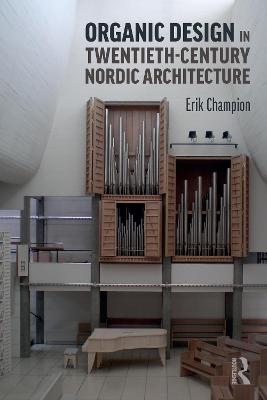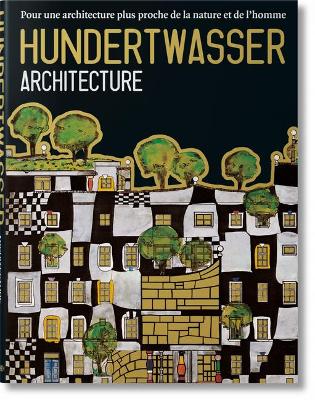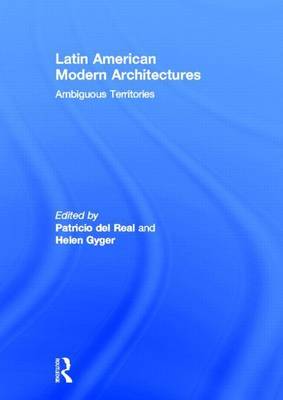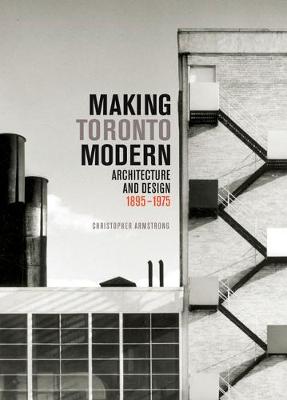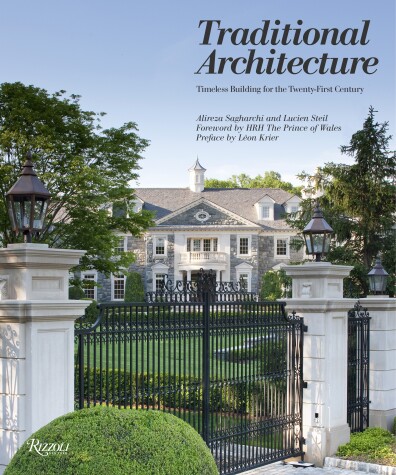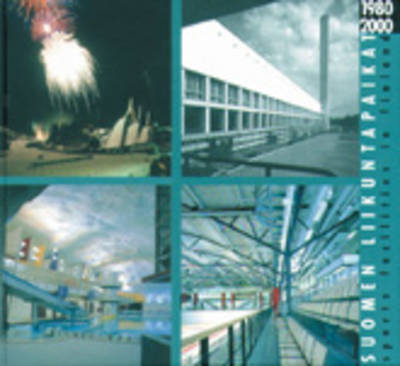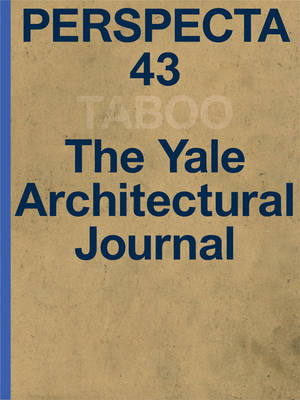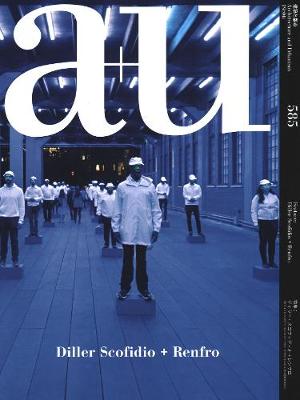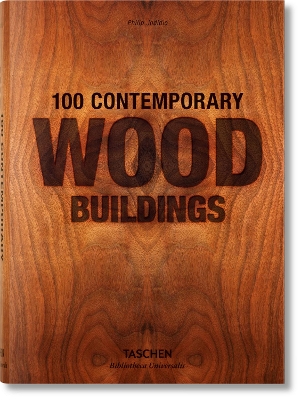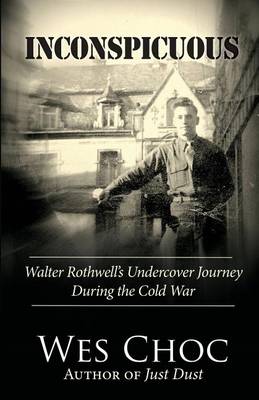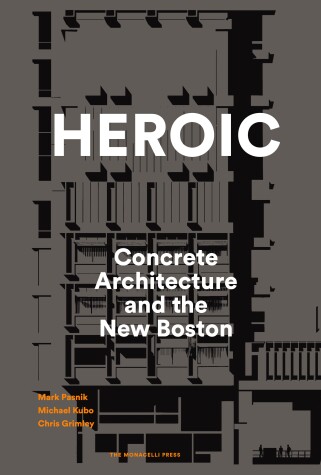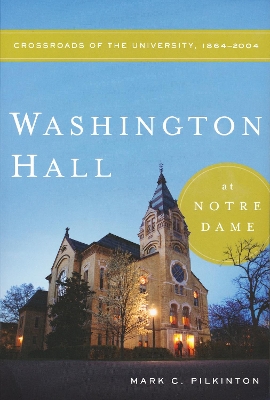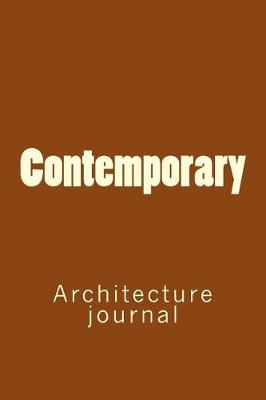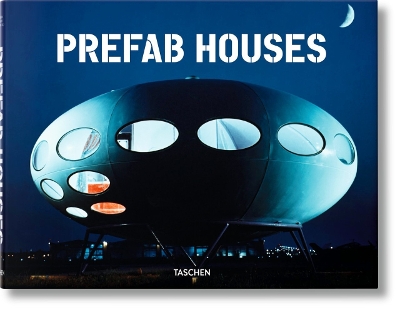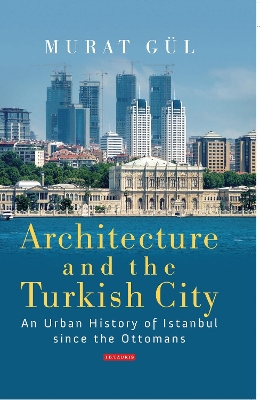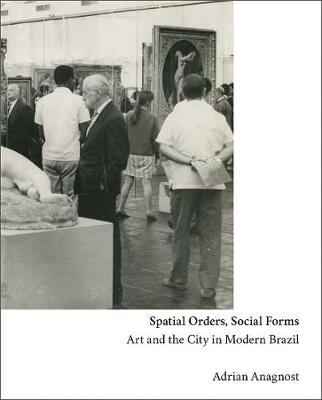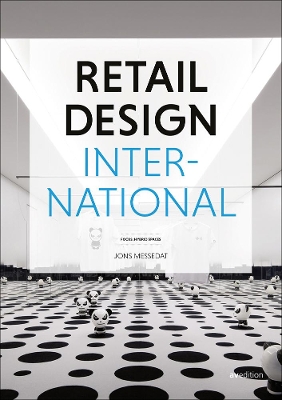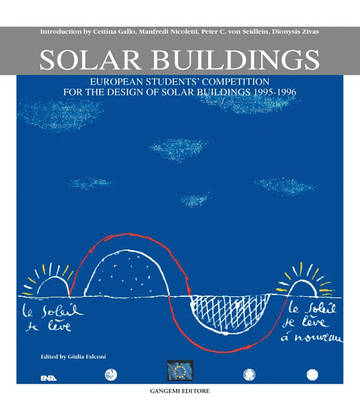Organic Design in Twentieth-Century Nordic Architecture presents a communicable and useful definition of organic architecture that reaches beyond constraints. The book focuses on the works and writings of architects in Nordic countries, such as Sigurd Lewerentz, Jørn Utzon, Sverre Fehn and the Aaltos (Aino, Elissa and Alvar), among others. It is structured around the ideas of organic design principles that influenced them and allowed their work to evolve from one building to another. Erik Champi...
"A house must be a living, organic entity that develops and constantly changes," stated Friedensreich Hundertwasser in one of his arguments for his nature- and human-oriented architecture. Success vindicated his vision: roof afforestation, organic forms, colorful facades, uneven floors, irregularly positioned windows, gilded onion domes-Hundertwasser's architecture is unmistakable.From the beginning of his artistic career in the '50s, Hundertwasser was preoccupied with architecture in his painti...
Latin American Modern Architectures: Ambiguous Territories has thirteen new essays from a range of distinguished architectural historians to help you understand the region's rich and varied architecture. It will also introduce you to major projects that have not been written about in English. A foreword by historian Kenneth Frampton sets the stage for essays on well-known architects, such as Lucio Costa and Felix Candela, which will show you unfamiliar aspects of their work, and for essays on th...
Making Toronto Modern (McGill-Queen's/Beaverbrook Canadian Foundation Studies in Art History)
by Christopher Armstrong
In the final years of the nineteenth century, Toronto architects started to consider how their city, through progressive architecture and urban planning, could be made "modern." Making Toronto Modern constructs Toronto's architectural past to create a compelling narrative of how new ideas about modernism were debated, received, and embodied in new buildings. Through a close examination of political debates, architectural journals, and home design magazines, Christopher Armstrong describes the c...
In the summer of 1975, NASA brought together a team of physicists, engineers, and space scientists—along with architects, urban planners, and artists—to design large-scale space habitats for millions of people. This Summer Study was led by Princeton physicist Gerard O’Neill, whose work on this topic had previously been funded by countercultural icon Stewart Brand’s Point Foundation. Two painters, the artist and architect Rick Guidice and the planetary science illustrator Don Davis, created rende...
This book is a genealogy of Japanese architecture, crystalizing in the work of Toyo Ito as a pivotal point between the past, the present, and the future. Iwan Baan's photographic essay, which covers forty-five projects by thirteen Japanese architects since the 1950s, shows impressively how often the historical heritage can suffer through ignorance and the expansive urban development. The historic section shows the foundation on which Toyo Ito built his distinct architectonic oeuvre, which became...
A comprehensive overview of current trends in classicist and vernacular architecture. This book presents 130 projects that reconsider what it means to practice as a traditional architect in the twenty-first century, including a substantial body of work from non-Western countries as well as work by contemporary masters of classical design such as Robert A. M. Stern, Allan Greenberg, Andres Duany and Elizabeth Plater-Zyberk, and Quinlan and Francis Terry. The projects assembled here highlight th...
This book, first published in 1986, argues that there is a special category of medium powers in the world – such as Britain, France, India, Brazil, Japan, China and others – which have sufficient military power to do something to protect their interests but which are not a match for the superpowers. It surveys the whole range of naval warfare – equipment, operations, organisation and deployment – and discusses how each item should be tailored by the recognition of the position of the medium powe...
Perspecta 43 (Perspecta)
Exploring the ill-defined realm of the architectural taboo, from the hidden spaces of American life to artistic practices in postrevolutionary Iran. We are beset by unspoken rules. As a result, we learn to find consensus in nots and to seek refuge in don'ts. A taboo is a restriction invented and agreed upon by a social group that maintains stability (disciplinary order) but also induces transgressions (the possibility of an avant-garde). Taboos structure our thinking and frame our discussions....
100 Contemporary Wood Buildings (Bibliotheca Universalis)
by Philip Jodidio
Not so very long ago, some might have considered wood a material of the past, long since replaced by more modern components such as concrete and steel. The truth is radically different. Bolstered by new manufacturing techniques and ecological benefits, wood has seen a fabulous resurgence in contemporary construction. This Bibliotheca Universalis edition explores how architects around the world have created and invented with this elementary material. Featuring follies, very large buildings, and...
Italo Calvino's Architecture of Lightness (Routledge Studies in Twentieth-Century Literature)
by Letizia Modena
This study recovers Italo Calvino's central place in a lost history of interdisciplinary thought, politics, and literary philosophy in the 1960s. Drawing on his letters, essays, critical reviews, and fiction, as well as a wide range of works--primarily urban planning and design theory and history--circulating among his primary interlocutors, this book takes as its point of departure a sweeping reinterpretation of Invisible Cities. Passages from Calvino's most famous novel routinely appear as aph...
Often problematically labeled as “Brutalist” architecture, the concrete buildings that transformed Boston during 1960s and 1970s were conceived with progressive-minded intentions by some of the world’s most influential designers, including Marcel Breuer, Le Corbusier, I. M. Pei, Henry Cobb, Araldo Cossutta, Gerhard Kallmann and Michael McKinnell, Paul Rudolph, Josep Lluís Sert, and The Architects Collaborative. As a worldwide phenomenon, building with concrete represents one of the major ar...
At the heart of the University of Notre Dame's campus sits the Main Building with its trademark golden dome. Flanking it on the west is the equally distinctive Sacred Heart Basilica, and on the east is the building known today as Washington Hall. Washington Hall at Notre Dame is the first history of this building-the university's first performing arts center-and illuminates the ways in which Washington Hall has served as the prime venue of secular communal assembly for the university and surroun...
A prefab is a mass-produced house, constructed in a factory and assembled on-site in a few days or weeks. Once regarded as a cheap, easy solution for urgent housing problems, the prefab has evolved to become a synonym for ambitious design and sophisticated detailing solutions. The amazing history of prefabricated houses started in England in the 1830's with a building kit for emigrants moving to Australia. Even today, prefabricated houses provide a high percentage of living spaces in many count...
Architecture and urban planning have always been used by political regimes to stamp their ideologies upon cities, and this is especially the case in the modern Turkish Republic. By exploring Istanbul's modern architectural and urban history, Murat Gul highlights the dynamics of political and social change in Turkey from the late-Ottoman period until today. Looking beyond pure architectural styles or the physical manifestations of Istanbul's cultural landscape, he offers critical insight into how...
A fascinating look at modernist urban planning and spatial theories in Brazilian 20th-century art and architecture Exploring the intersections among art, architecture, and urbanism in Brazil from the 1920s through the 1960s, Adrian Anagnost shows how modernity was manifested in locally specific spatial forms linked to Brazil’s colonial and imperial past. Discussing the ways artists and architects understood urban planning as a tool to reorganize the world, control human action, and remedy soci...
Hybrid systems not only revolutionise our mobility but also provide a fresh breath of air in retailing with the layering of various functions. Large-format building structures such as department stores and shopping centres are revitalised in line with climate optimisation and supplemented with small-scale mixed uses. Shared spaces for young start-ups and established brands offer greater variety and the opportunity to liven up too extensive spaces with new experiences and inspirations. Retail sha...
